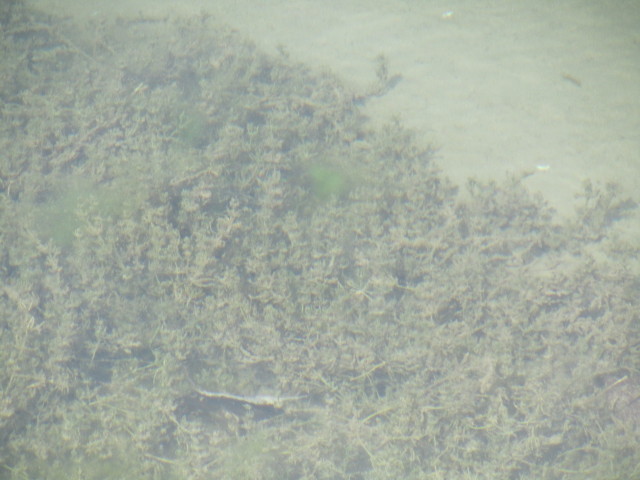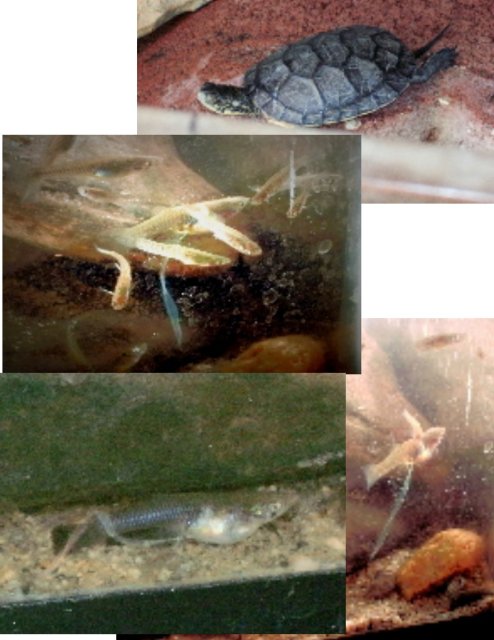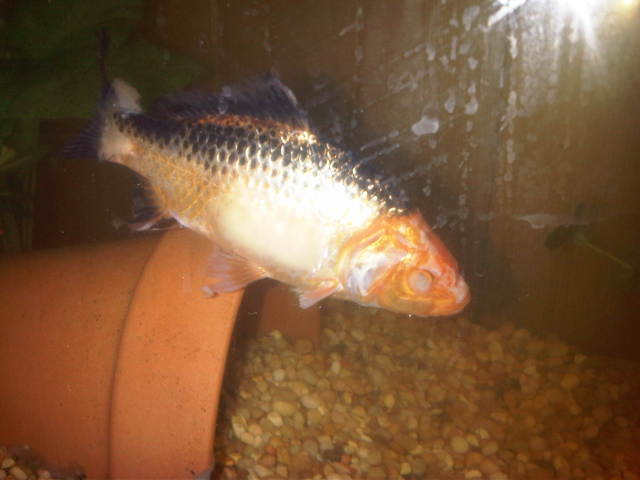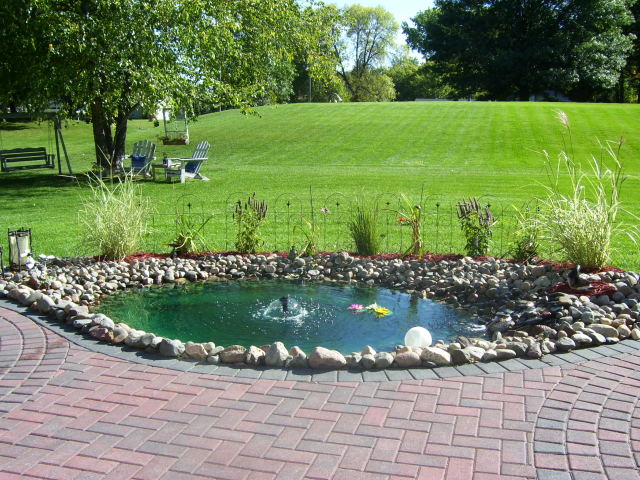Questionhey,
I am going to add Chromium to the water. I want to know if the plants absorbed the chromium and why. Since I am going to place them in a environmental chamber/growth chamber. Do you think its ok if the experiment will be performed in winter, since the plants are in Environmental chamber, and temperature will be kept high? The plants wont die then right?
-------------------------
Followup To
Question -
Hey
My question is this I am going to conduct an experiment In which I analyze three wetland/marsh/aquatic plants for CHROMIUM. Their names are eastern bur-reed plants, narrowhead cattail plants and river bulrush plants. I am going to place gravel in 3 containers. I will add water in the gravel so that water level is slightly above surface of gravel. then I am going to take the 3 eastern bur-reed plants and transfer them into the containers. I am going to repeat this step with 2 other containers for the other 2 mentioned plants. My question is this. The plants Will be shipped to my house in boxes. Now when i take out these plants and place them in the container, do I need any special caring or handling of the plants. Also, Are you aware of the temperature, light, fertilizer and water requirements for all the 3 above plants. I will growing them in a growth chamber, So if you could help me I will really appreciate it. After the plants are grown I will add chromium water in the gravel and then See how much Chromium has been absorbed by the plants.
Thanks for all your help
regards
manthan
Answer -
Hello Manthan,
Thanx for your question. The three water plants of which you speak have no special requirements. They will go dormant in the winter and die back but are generally not harmed if the area around them freezes. They should not be allowed to dry out. All three do best in full sun. Generally, streams and ponds produce enough biomasses to provide nutrients for the plants. I really wouldn't add anything to them because you could cause algae to grow and I don't think you want that. I hope this helps.
Tom
AnswerHello Manthan,
You are obviously a college student and/or a student scientist. The question you are asking of me is inappropriate for this site. I do not have the credentials to assist you in your project. We are amateur horticulturalists not environmentalists, botanists or biologists.
Basically, I should like to think that if one is dealing with most North American plants, they are subject to the seasonal changes which means most North American plants tend to go dormant in the fall/winter. I would not want to conduct an experiment regarding the intake of chromium amongst plants when the plants are going dormant in the fall or winter. Most North American plants start to go dormant when temperatures drop in the fall.
An additional note: when I was stuggling to get rid of bindweed (ipomoea) in my yard, I learned that I could use various herbicides such as Roundup but the best time to use Roundup on perennial weeds is in the spring, after the last frost and during the summer when the plants are in full growth. Reason? The plants suck down into their roots anything that comes into contact with their leaves. Once fall and winter come, the plants stop focusing on their leaves and focus on making their roots go dormant and become less efficient at transferring what is in or on their leaves into the root.
tom

 Pond Weeds
Question
Pond Weeds
Can yout ell me what kind of weed t
Pond Weeds
Question
Pond Weeds
Can yout ell me what kind of weed t
 What is coming out of this fish?
Question
turt..fish
Thank you in advance for your time.
What is coming out of this fish?
Question
turt..fish
Thank you in advance for your time.
 female fish sloughing skin
Question
My sick fish
Hi Brigitte, Thank you for your a
female fish sloughing skin
Question
My sick fish
Hi Brigitte, Thank you for your a
 Building a water feature
Question
4 Pots
My mom bought 4 flower pots and
Building a water feature
Question
4 Pots
My mom bought 4 flower pots and
 water pooling under liner/no hole in liner
QuestionQUESTION: I recently put in a small pond off of
water pooling under liner/no hole in liner
QuestionQUESTION: I recently put in a small pond off of